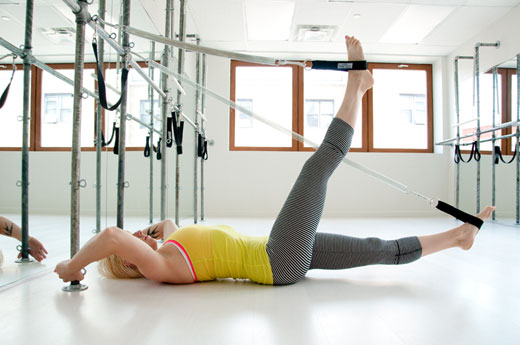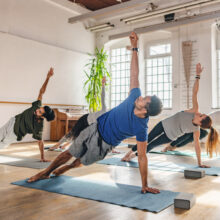Muscle Confusion: Avoid Stress Injuries & Keep Workouts Interesting
- Published: Friday, August 3rd 2012
- in Fitness
Does the concept of muscle confusion or body confusion have you a bit…confused? Put simply, muscle confusion is to never continue the same workout for an extended period of time. Some get hot and bothered by the concept whereas others truly believe in it as a healthy way to exercise. We talked to Claire Morgasen—get ready for a long and accomplished title—founder of Sapere Studio in Brooklyn, New York, certified Pilates instructor and creator of the Kinelogica™ Method, which integrates the concept of muscle confusion into exercise regimens, about what it is, who it’s good for and how to do it.
What Exactly is Muscle Confusion?
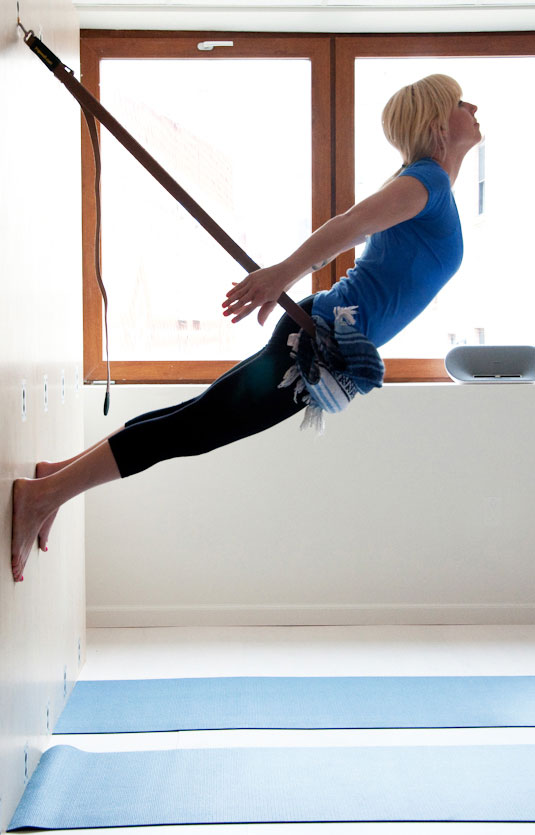 The thought behind muscle confusion is that in doing the same repetitive exercises over and over, the exercises become easier since your muscles begin to endure the movements without having to use much of the body’s energy stores, Morgasen explains. Of course, for an athlete, this is a good thing, but for the rest of us, it’s a different story.
The thought behind muscle confusion is that in doing the same repetitive exercises over and over, the exercises become easier since your muscles begin to endure the movements without having to use much of the body’s energy stores, Morgasen explains. Of course, for an athlete, this is a good thing, but for the rest of us, it’s a different story.
“For competitive athletes, it is important for them to train in a way that their performance is improved by repeatedly practicing their sport, and often, athletes will also work on breaking down the sport through specialized workouts that focus on building the different types of muscle fibers capable of excelling them,” Morgasen says. “How an athlete trains and eats is vital to their competitive edge, and this is very different from living one’s daily life and professional routine. Body confusion is an approach to one’s exercise regimen that is based on the science of how muscles develop strength and endurance. It’s adapted for non-competitive sports and fitness enthusiasts as a way to stay at their peak level of caloric burn.”
Besides the perk of keeping your metabolism (i.e., your caloric burn) up for weight maintenance, muscle or body confusion can also help keep you safe from repetitive stress injuries, which athletes are more susceptible to. “However, how you exercise is vital to having body confusion work successfully for you,” Morgasen points out.
How to Do It
To start a muscle confusion workout, begin with one form of exercise, have it inform the way you move and exercise your body, and once you’ve spent a couple of weeks learning it, move on to trying something else out for a couple of weeks.
“Once you’ve found a few types of exercise you enjoy—for example, Pilates, yoga and barre—then try to mix it up every week,” Morgasen explains. Try one to two classes of each style throughout the week. “Make sure you continue to progress in all class types, and it never hurts to throw in a swim, bike ride, jog or hike.”
Again, there is the caveat of safety and effectively knowing how to train in multiple forms of movement, Morgasen emphasizes, so working with a knowledgeable instructor is key.
The Kinelogica™ Method
In order to help the non-Michael Phelps of the world avoid stress injuries, Morgasen created a way for students to successfully connect into their bodies to maximize results and ensure safety no matter what the activity: the Kinelogica™ Method.
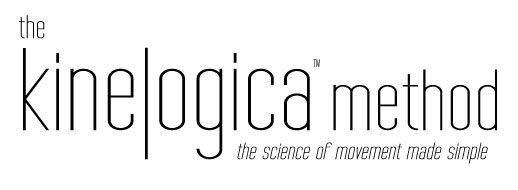 “Body confusion will not work if you are doing exercises that will add stress to your joints and connective tissues, and build tension in your muscular system,” Morgasen says. “[This is why] being with an informed teacher is vital, not just in regards to [his/her] knowledge of exercises and sequencing, but about kinesiology and how physics effects your body on Earth.”
“Body confusion will not work if you are doing exercises that will add stress to your joints and connective tissues, and build tension in your muscular system,” Morgasen says. “[This is why] being with an informed teacher is vital, not just in regards to [his/her] knowledge of exercises and sequencing, but about kinesiology and how physics effects your body on Earth.”
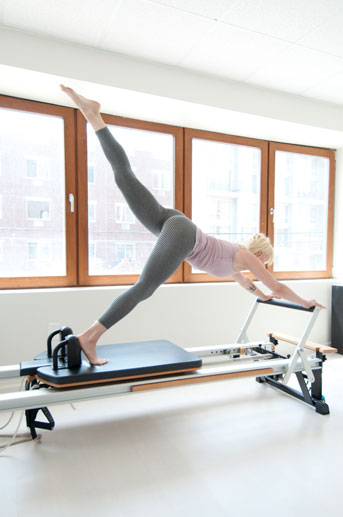 The Kinelogica™ Method aims to train and certify teachers of all movement disciplines by giving them an accessible form of kinesiology education that is applicable to their focus, whether it be yoga, Pilates, barre, running or so much more.
The Kinelogica™ Method aims to train and certify teachers of all movement disciplines by giving them an accessible form of kinesiology education that is applicable to their focus, whether it be yoga, Pilates, barre, running or so much more.
Sapere Studio is currently holding informational Kinelogica™ Method sessions that are open to both teachers and students. The studio also offers several different types of movement classes and continues to develop new classes and class levels for each class type to continue to advance people and challenge their bodies.
“Our students have yet to get bored or find that they’ve reached a plateau due to our diverse class offerings and the integration of the The Kinelogica™ Method,” Morgasen says.
Do you practice muscle confusion and if so, how? If not, would you consider it? Let us know in the comments!
Check out Sapere Studio in 29 Best Spas for Hipsters in 5 Cities! Also, search for yoga, Pilates or fitness studios near you.
You might also be interested in:
Gyrotonic Unraveled: Help Your Body Massage Itself
10 Fitness Tips for Women on the Go
Good Vibrations: Work It Out with Power Plate
Top 10 All-the-Rage Fitness Trends
Yoga Style Guide: Find Out Which Practice Suits You
The NEW Fitness: Cool Water Workouts
Shape Your Figure with The Figure Method
